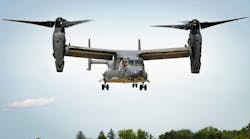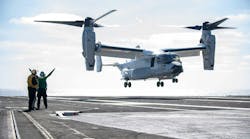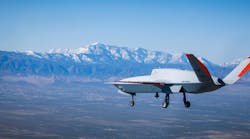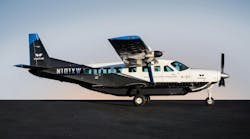July 30--FORT WORTH -- The Pentagon has agreed to terms on the purchase of 71 additional F-35 fighter jets from Lockheed Martin Aeronautics -- a signal that development on the embattled program is closer to meeting its goals.
Pentagon officials said Tuesday that "the cost arrow is moving in the right direction" for production of the F-35 Lightning II. As a result, the government has negotiated a lower cost for the plane and agreed "in principle" to a contract for what's known as production Lots 6 and 7.
The savings will allow the U.S. to ultimately buy more than 2,000 fighters, including those that were in jeopardy of being cut because of Washington's budget problems, officials said Tuesday.
"Improving affordability is critical to the success of this program," said Lt. Gen. Chris Bogdan, F-35 program executive officer.
The program has been mired in controversy almost from its inception more than a decade ago. Costs have exceeded projections by up to 70 percent, and a series of technical problems caused production delays.
As a result, the estimated $400 billion defense program has drawn criticism from watchdog groups, the Government Accountability Office and Pentagon leaders. Some foreign nations have threatened to consider switching to other jets.
But now, the program appears to be on the upswing, aerospace analysts say.
The Pentagon expects delivery of the 71 aircraft in 2014 and 2015 to the U.S. and partner nations.
"Compared to the free fall the program seemed to be in, this is a strong sign of a program stabilizing and improving," said Richard Aboulafia, an aerospace analyst for the Teal Group in Washington, D.C. "It might be close to phenomenal."
The contract hasn't been finalized, but it would produce cost savings of up to 8 percent per unit in Lot 7 aircraft, compared with Lot 5, for example. Lot 6 aircraft would represent a reduction of 4 percent per unit, officials say.
"What these cost reductions, lot after lot, mean is that Lockheed is getting the price down to what an F-16 would cost," said aerospace analyst Loren Thompson at the Lexington Institute. "That is crucial to selling it overseas."
By mid-2014, about 36 aircraft in Lot 6 will begin being delivered to the U.S. and partner nations. In mid-2015, about 35 aircraft in Lot 7 are expected to be delivered, Pentagon officials say.
The new contracts will also include the first F-35s for Australia, Italy and Norway, and the fourth F-35 for the United Kingdom.
In mid-June, Pentagon leaders attended an annual F-35 round-table discussion between Lockheed and its major customers in Fort Worth to express "cautious optimism" about the program. The hope was to ramp up production, they said.
"Ultimately, it will mean we will get production rates to a much higher level, which will mean obviously more work here in Fort Worth," Frank Kendall, undersecretary of defense for acquisition, technology and logistics, told a gathering of reporters and officials at Lockheed Martin's west Fort Worth complex.
Lockheed has more than 14,000 employees at its west-side factory, more than 9,300 working on the F-35 program.
Lorraine Martin, Lockheed's vice president and general manager for the F-35, said Tuesday that the company is committed to working with the Pentagon and meeting its goals.
"This is very good news for Lockheed Martin, because it shows that the program now has steady pace and political momentum to keep it expanding," Thompson said.
The U.S. and eight partner nations plan to acquire more than 3,100 jet fighters. Israel and Japan have also announced plans to buy the jet.
Yamil Berard, 817-390-7705 Twitter: @yberard
Copyright 2013 - Fort Worth Star-Telegram




